-
#grasberg_link/sites/fcx/files/images/operations/modal-bgs/herograsberg-.jpg
INDONESIA
GRASBERG MINE LOCATED IN PAPUA, INDONESIA
Description
The Grasberg minerals district includes open-pit and underground mines.
Did you know?
PT Freeport Indonesia (PTFI) commenced mining operations in 1972 and in 1988 discovered the Grasberg mine. Today, after significant production, the Grasberg mining district contains one of the world’s largest recoverable copper reserve and the largest gold reserve.
Location
The remote highlands of the Sudirman Mountain Range in the province of Papua, Indonesia, which is on the western half of the island of New Guinea.
Processes and facilities
The Grasberg minerals district includes the following underground mines that are being operated; the Grasberg Block Cave, the Deep Mill Level Zone (DMLZ) and Big Gossan. Production from these underground mines is expected to continue through 2041 and an extension of PTFI’s operating rights beyond 2041 would extend the lives of these mines. PTFI also has several projects in progress in the Grasberg minerals district related to the development of the large-scale, long-lived, high-grade underground ore bodies located beneath and nearby the Grasberg open pit. In aggregate, these underground ore bodies are expected to produce large-scale quantities of copper and gold.
Grasberg Block Cave. The Grasberg Block Cave ore body is the same ore body historically mined from the surface in the Grasberg open pit. Undercutting, drawbell construction and ore extraction activities in the Grasberg Block Cave underground mine continue to track expectations.
DMLZ underground mine. The DMLZ ore body lies below the depleted Deep Ore Zone (DOZ) underground mine at the 2,590-meter elevation and represents the downward continuation of mineralization in the Ertsberg East Skarn system and neighboring Ertsberg porphyry. Hydraulic fracturing operations have been effective in managing rock stresses and pre-conditioning the cave following mining-induced seismic activity experienced from time to time.
Big Gossan underground mine. The Big Gossan mine lies underground and adjacent to the current mill site. It is a tabular, near vertical ore body. The mine utilizes a blasthole stoping method with delayed paste backfill. Stopes of varying sizes are mined and the ore dropped down passes to a truck haulage level. Trucks are chute loaded and transport the ore to a jaw crusher. The crushed ore is then hoisted vertically via a two-skip production shaft to a level where it is loaded onto a conveyor belt. The belt carries the ore to one of the main underground conveyors where the ore is transferred and conveyed to the surface stockpiles for processing.
Kucing Liar Underground Mine. PTFI commenced long-term mine development activities for its Kucing Liar deposit in October 2021, which is expected to produce over 7 billion pounds of copper and 6 million ounces of gold between 2029 and the end of 2041, and an extension of PTFI’s operating rights beyond 2041 would extend the life of the project. The Kucing Liar underground deposit lies on the southern flank of and underneath the southern portion of the Grasberg open pit at the 2,605-meter elevation level. Development activities are expected to continue over an approximate 10-year timeframe. At full operating rates, annual production from Kucing Liar is expected to approximate 560 million pounds of copper and 520 thousand ounces of gold, providing PTFI with sustained long-term, large-scale and low-cost production.
DOZ underground mine. The DOZ ore body lies vertically below the depleted Intermediate Ore Zone. PTFI began production from the DOZ ore body in 1989 and the ore body was depleted at the end of 2021.
Grasberg open pit. PTFI began open-pit mining of the Grasberg ore body in 1990. The final phase of the Grasberg open pit was mined during 2019, including the removal of the open pit ramps. In aggregate, the Grasberg open pit produced over 27 billion pounds of copper and 46 million ounces of gold in the 30-year period from 1990 through 2019.
Description of Ore Bodies
Our Indonesia ore bodies are located within and around two main igneous intrusions, the Grasberg monzodiorite and the Ertsberg diorite. The host rocks of these ore bodies include both carbonate and clastic rocks that form the ridge crests and upper flanks of the Sudirman Range, and the igneous rocks of monzonitic to dioritic composition that intrude them. The igneous-hosted ore bodies (the Grasberg Block Cave and portions of the DMLZ) occur as vein stockworks and disseminations of copper sulfides, dominated by chalcopyrite and, to a lesser extent, bornite. The sedimentary-rock hosted ore bodies (portions of the DMLZ and Kucing Liar and all of the Big Gossan) occur as “magnetite-rich, calcium/magnesian skarn” replacements, whose location and orientation are strongly influenced by major faults and by the chemistry of the carbonate rocks along the margins of the intrusions.
The copper mineralization in these skarn deposits is dominated by chalcopyrite, but higher bornite concentrations are common. Moreover, gold occurs in significant concentrations in all of the district’s ore bodies, though rarely visible to the naked eye. These gold concentrations usually occur as inclusions within the copper sulfide minerals, though, in some deposits, these concentrations can also be strongly associated with pyrite.
Ownership
48.76% of PTFI is owned by FCX; 51.24% share ownership is collectively held by PT Mineral Industri Indonesia (MIND ID), an Indonesia state-owned enterprise, and PT Indonesia Papua Metal Dan Mineral (formerly known as PT Indocopper Investama), which is expected to be owned by MIND ID and the provincial/regional government in Central Papua, Indonesia.
ADDITIONAL INFORMATION
PT Freeport Indonesia Mountain Climbing Policy
Technical Report Summary of Mineral Reserves and Mineral Resources – Grasberg Minerals District
VIDEO
360 Virtual Tour of the Grasberg Block Cave Underground Mine
Grasberg Block Cave Mine Automated Rail System
PT Freeport Indonesia Underground Mine Complex Development
Grasberg Operations Highlights
2730
INDONESIA
Through its subsidiary, PTFI, FCX mines one of the world’s largest copper and gold deposits in the Grasberg minerals district in Papua, Indonesia. In addition to copper and gold, PTFI produces silver. FCX has a 48.76 percent interest in PTFI and manages its mining operations. PTFI’s results are consolidated in FCX’s financial statements.

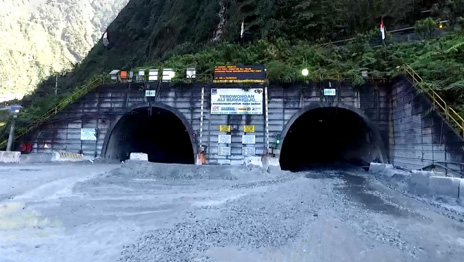
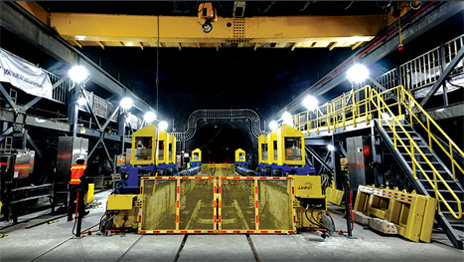
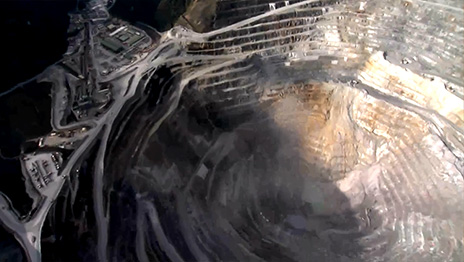
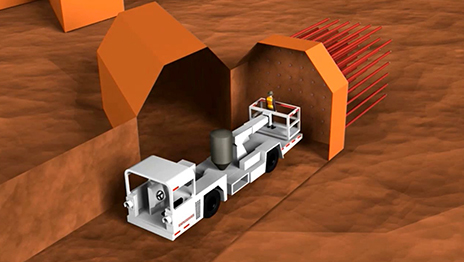
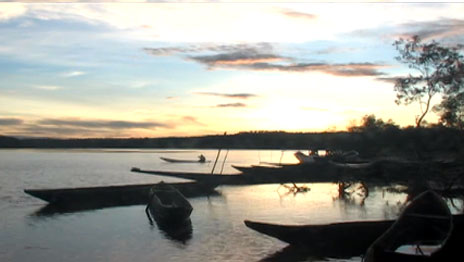
 MORE VIDEOS
MORE VIDEOS 
SOCIAL
RECOGNITION